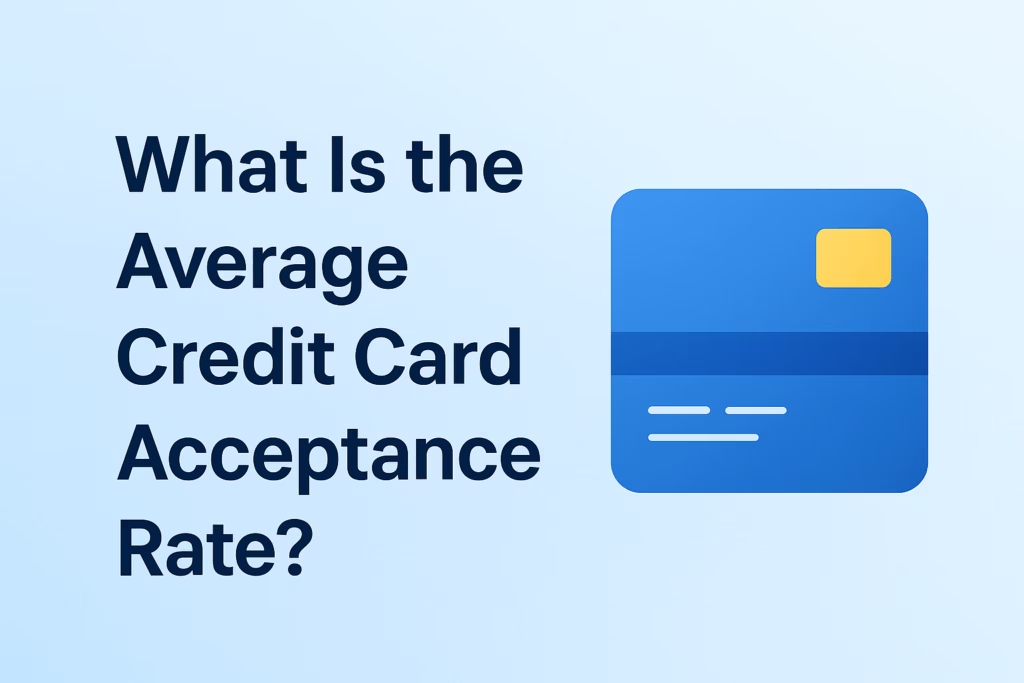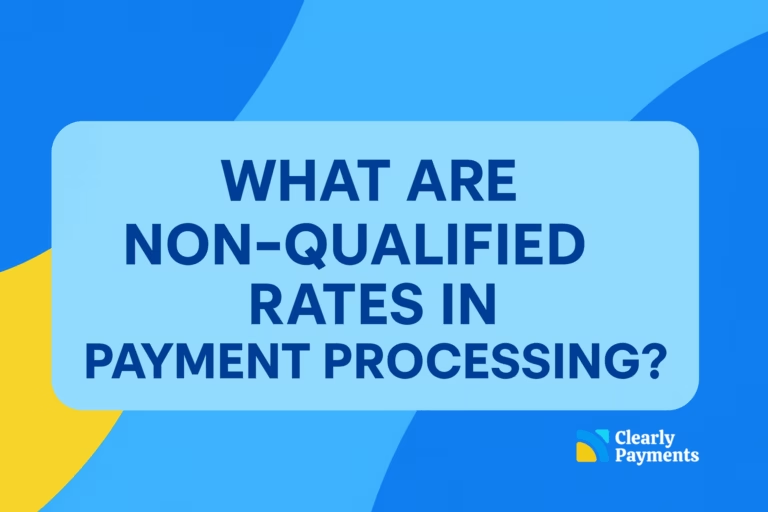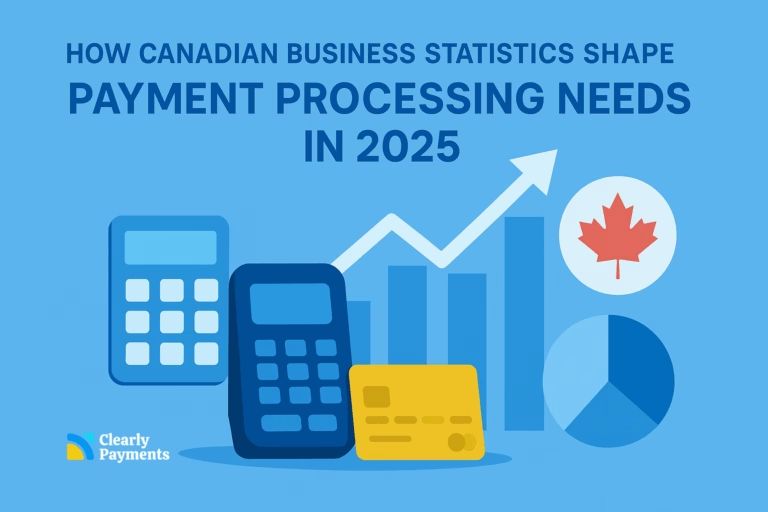Every credit card transaction tells a story. A customer decides to buy, they tap or type in their card details, and the merchant waits for approval. Most of the time, the payment goes through, but not always. When it doesn’t, the sale is lost, sometimes permanently. That’s why the credit card acceptance rate is one of the most important, yet most overlooked, performance metrics for merchants.
In this article, we’ll break down average credit card acceptance rates, why transactions fail, how much they really cost merchants, and the most effective strategies to boost approvals and keep more revenue in your business.
What Is the Average Credit Card Acceptance Rate?
Every time a customer taps, swipes, or enters their credit card details, a transaction request is sent to the issuing bank. If approved, the sale goes through. If declined, revenue is lost. The credit card acceptance rate, also called the authorization rate, is the percentage of transactions approved by issuers out of total attempted transactions.
For merchants, even a small dip in acceptance rate can translate into thousands of dollars in lost revenue each month. This metric isn’t just a technical detail, it’s a core driver of sales, conversion rates, and cash flow.
Global Credit Card Acceptance Rates
Across the globe, credit card acceptance rates vary based on transaction type, region, and payment method. While the global average sits between 85% and 95%, the details tell a more useful story.
Average acceptance rates by transaction type:
| Transaction Type | Average Acceptance Rate |
|---|---|
| Card-present (in-store) | 97% |
| Card-not-present (online) | 80%–90% |
| Recurring billing/subscriptions | 85%–90% |
Average acceptance rates by region:
| Region | Average Acceptance Rate |
|---|---|
| North America | 92%–95% |
| Europe | 90%–93% |
| Asia / Latin America | 80%–88% |
Merchants operating globally or online face lower acceptance rates than those taking in-person payments. Even improving acceptance by 2–3% can have a measurable impact on revenue.
Why Credit Card Transactions Get Declined
When a transaction is declined, it doesn’t always mean the customer has insufficient funds. In fact, many declines are preventable with the right payment setup.
The most common reasons include:
- Insufficient funds or credit: The cardholder doesn’t have enough balance.
- Fraud prevention filters: Issuers may flag legitimate transactions as suspicious.
- Expired or outdated card details: Particularly common in subscription models.
- Issuer-specific rules: Some banks block cross-border or high-risk transactions.
- Soft declines: Temporary issues that can often be resolved by retrying.
The Revenue Impact of Acceptance Rates
Declines are not just a “payment issue.” They directly affect revenue. Consider a merchant processing $1 million per month in card transactions.
- At an 85% acceptance rate, only $850,000 is approved.
- At a 95% acceptance rate, $950,000 is approved.
- That’s a difference of $120,000 every month without spending a dollar more on marketing or acquiring new customers.
How Merchants Can Improve Acceptance Rates
Merchants have more control over acceptance rates than they often realize. With the right tools and strategies, it’s possible to push rates closer to the high 90s.
Practical steps to improve acceptance:
- Choose a payment processor with intelligent routing. This increases approval rates by sending transactions through the most optimal acquirer.
- Keep card data updated. Use Account Updater services to avoid declines from expired cards.
- Enable smart retries. Many soft declines can be successfully recovered with automated retry rules.
- Calibrate fraud filters carefully. Overly strict rules block legitimate transactions.
- Offer multiple payment options. Reduces dependency on one credit card network or issuer.
- Monitor decline codes regularly. Identify patterns and fix them early.
- Use local acquiring in international markets. Cross-border transactions are often declined at higher rates.
Considerations for Subscription Businesses
Recurring billing adds another layer of complexity. Cards expire, balances fluctuate, and customers may forget to update payment details. As a result, subscription merchants often face decline rates between 10% and 15%.
Tactics to minimize declines in subscription models include:
- Using Account Updater tools to refresh card info automatically.
- Setting flexible retry schedules for soft declines.
- Notifying customers proactively when cards are near expiry.
- Monitoring monthly cohort acceptance trends.




